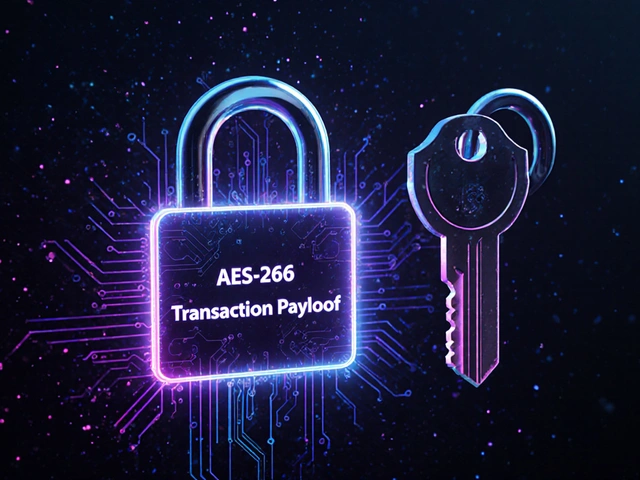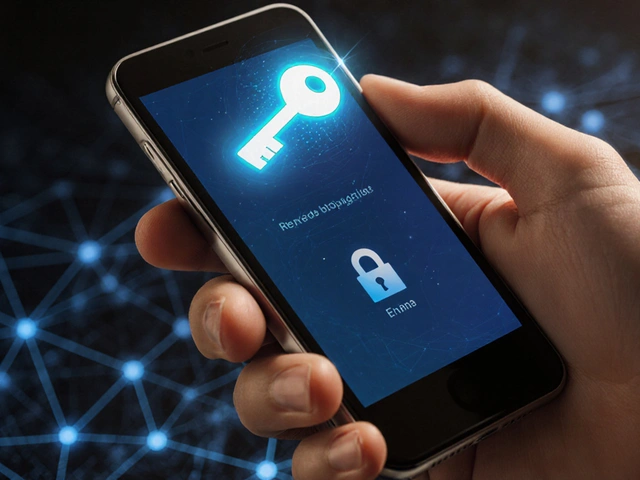Hot Wallet Explained: What It Is and How It Works in Crypto
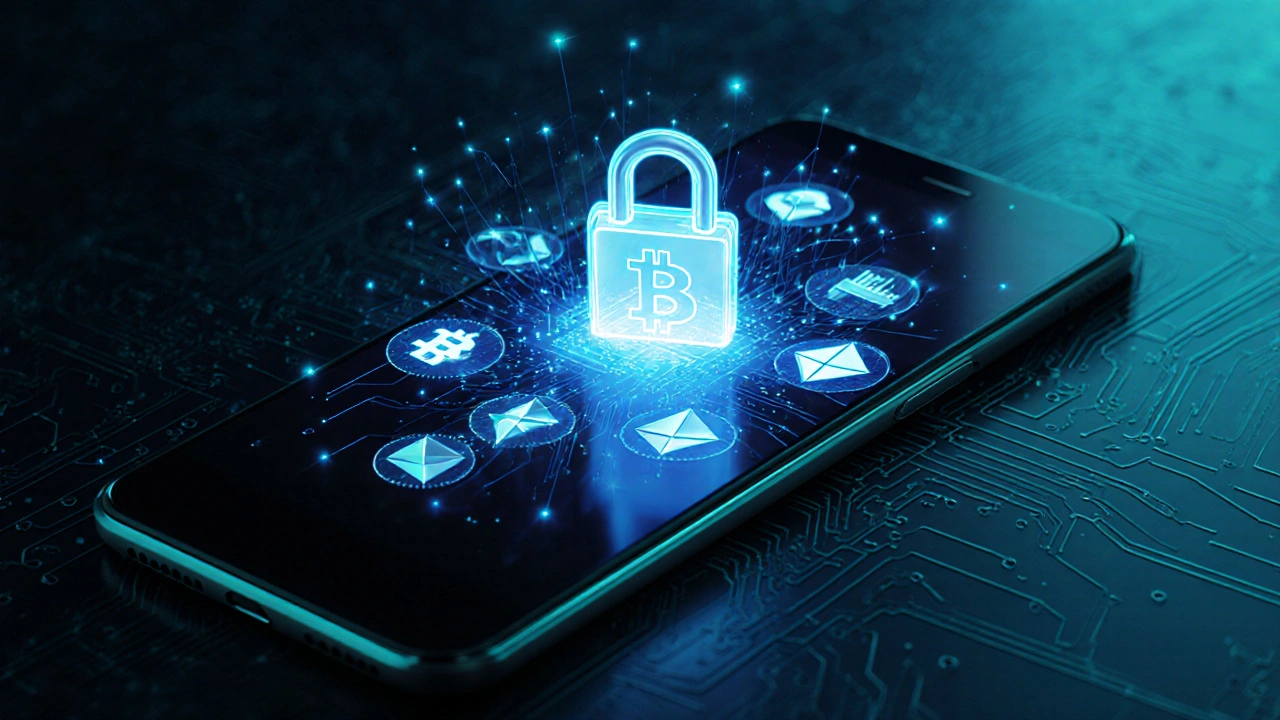
Quick Takeaways
- A hot wallet stores private keys online, making it easy for everyday crypto transactions.
- It’s ideal for frequent trading but carries higher security risks than cold storage.
- Choosing the right hot wallet depends on platform support, user‑experience, and built‑in security features.
- Always enable two‑factor authentication and keep software up to date.
- Combine hot and cold wallets for a balanced approach to convenience and safety.
In the crypto world, a hot wallet is a software‑based wallet that stores private keys online or on a device connected to the internet. If you’ve ever bought Bitcoin on an exchange and wondered where those coins actually live, the answer is usually a hot wallet - the same kind of digital pocket you use to send, receive, or trade crypto on a daily basis.
What Exactly Is a Hot Wallet?
A hot wallet is essentially an application - either a mobile app, desktop program, or web interface - that holds the cryptographic keys needed to move your cryptocurrency digital assets that use cryptographic proof instead of central banks. Because the keys are stored on a device with an active internet connection, the wallet can interact with the blockchain a distributed ledger where all cryptocurrency transactions are recorded instantly.
How Does It Work?
When you create a hot wallet, the software generates a pair of keys: a public address you can share to receive funds, and a private key that proves ownership. The private key never leaves the device (or encrypted server) but stays reachable by the app, allowing you to sign transactions on the fly. The moment you click “send” on a mobile app, the wallet builds a transaction, signs it with the private key, and broadcasts it to the blockchain network.
Advantages of a Hot Wallet
- Instant Access: You can move funds within seconds, perfect for traders and everyday spenders.
- Convenient Interface: Most hot wallets have sleek apps with portfolio tracking, price alerts, and one‑click swaps.
- Integration with Exchanges: Some wallets double as exchange interfaces, letting you trade without leaving the app.
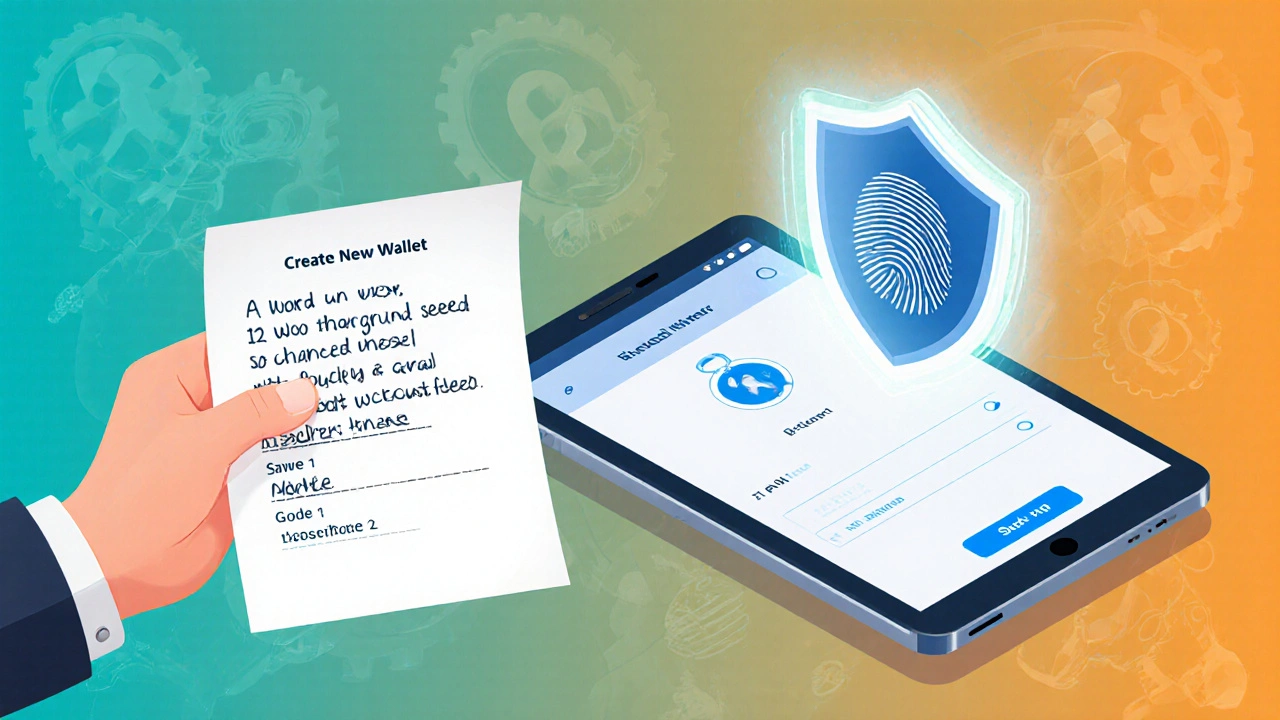
Drawbacks and Risks
- Because the private key lives on an internet‑connected device, it’s exposed to hacking, malware, and phishing attacks.
- Web‑based wallets depend on the service provider’s server security; a breach can expose many users at once.
- Loss of the device (phone, laptop) without a backup can mean loss of access to your funds.
Hot Wallet vs. Cold Wallet: The Core Difference
| Feature | Hot Wallet | Cold Wallet |
|---|---|---|
| Connection | Online (Internet‑connected) | Offline (Air‑gapped) |
| Speed of Transaction | Instant, seconds | Delayed, requires manual signing |
| Typical Use‑Case | Daily spending, trading | Long‑term storage, large sums |
| Security Risk | Higher - vulnerable to hacks, phishing | Lower - private keys never exposed online |
| Backup Requirement | Seed phrase or encrypted backup | Physical backup (recovery seed, metal plates) |
Setting Up Your First Hot Wallet: Step‑by‑Step
- Choose a reputable wallet app. Popular choices include Trust Wallet a mobile‑first Ethereum and multi‑chain wallet for Android/iOS and Exodus a desktop wallet with a built‑in exchange for Windows/macOS.
- Download the app from the official store or website. Verify the developer’s signature to avoid fake downloads.
- Open the app and select “Create New Wallet”. The software will generate a seed phrase a list of 12-24 words used to recover the private key. Write it down on paper; do NOT store it digitally. \n
- Enable built‑in security features: set a strong PIN, biometric lock, and activate two‑factor authentication (2FA) an extra verification step, often via an authenticator app.
- Receive crypto by sharing your public address (the app shows a QR code). Test with a small amount to confirm the wallet works.
- For extra safety, consider linking the hot wallet to a hardware device for signing high‑value transactions, creating a hybrid approach.
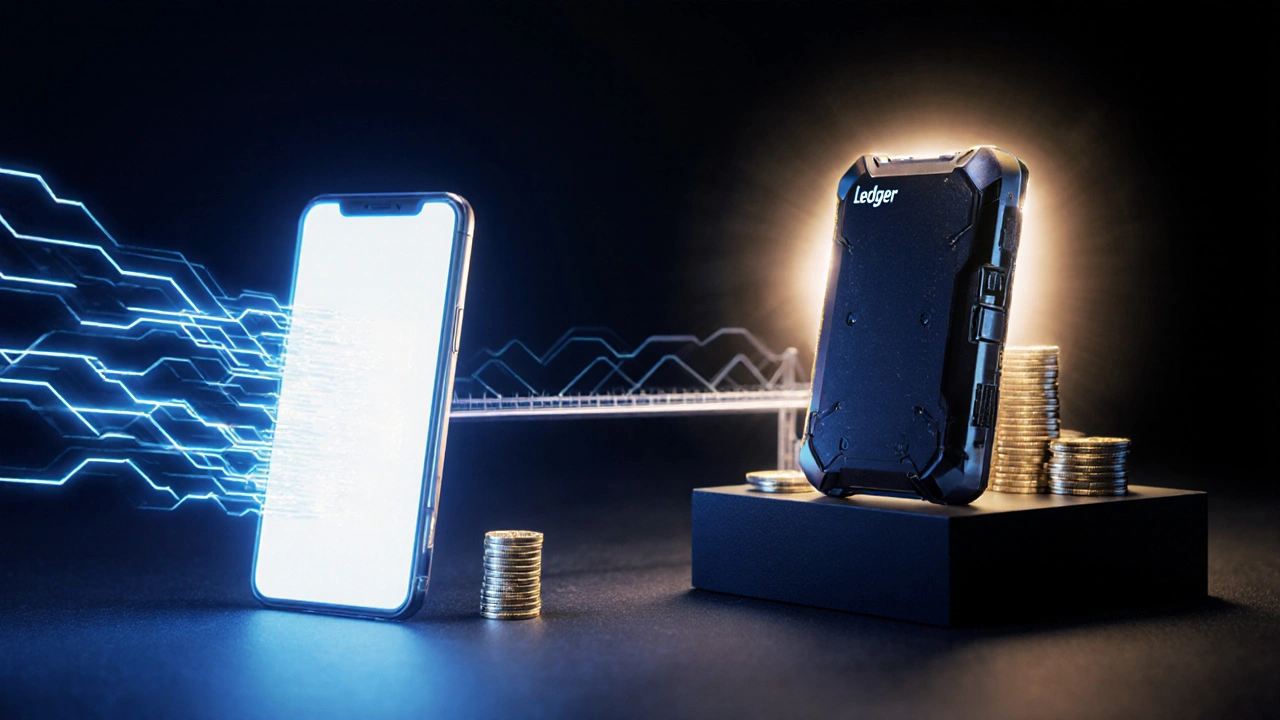
Popular Hot Wallet Options and Their Unique Features
- MetaMask - Browser extension that lets you interact with DeFi apps directly. Great for Ethereum‑based tokens.
- Coinbase Wallet - Separate from the Coinbase exchange, it supports NFTs and has a built‑in DApp browser.
- Trust Wallet - Supports over 40 blockchains, includes a staking feature for earning rewards.
- Exodus - Desktop‑focused with a polished UI and built‑in exchange for quick swaps.
- Atomic Wallet - Emphasizes privacy; no personal data needed to create an account.
Security Best Practices for Hot Wallet Users
Even though hot wallets are meant for convenience, you can dramatically lower risk by following these habits:
- Keep software updated: Developers regularly patch vulnerabilities; enable automatic updates.
- Use a unique, strong password: Combine uppercase, lowercase, numbers, and symbols. Never reuse passwords from other services.
- Enable 2FA: Pair your wallet login with an authenticator app (Google Authenticator, Authy). Avoid SMS‑based 2FA when possible.
- Beware of phishing: Always double‑check URLs and avoid clicking links in unsolicited emails. Verify the app’s publisher before installing.
- Limit exposure: Store only the amount you need for daily activity. Move larger holdings to a cold wallet or hardware wallet.
- Backup your seed phrase securely: Write on paper, store in a fire‑proof safe, or engrave on a metal plate.
When to Combine Hot and Cold Wallets
Many seasoned crypto holders adopt a “dual‑wallet” strategy. Use a hot wallet for fast trades and a cold wallet (like a Ledger or Trezor device) for long‑term holdings. This way you enjoy the convenience of instant transfers while protecting the bulk of your portfolio from online attacks.
Frequently Asked Questions
Is a hot wallet safe for storing large amounts of crypto?
While hot wallets are convenient, they are exposed to internet‑based threats. For sizable holdings, it’s best to keep the bulk in a cold or hardware wallet and only move what you need for daily use into a hot wallet.
Can I recover my hot wallet if I lose my phone?
Yes, as long as you have safely stored the seed phrase. Install the same wallet app on a new device and enter the seed phrase to restore access.
What’s the difference between a hot wallet and a web wallet?
A web wallet is a type of hot wallet that runs entirely in a browser, often hosted by an exchange. Mobile and desktop apps are also hot wallets but store keys locally on the device rather than on a remote server.
Do I need a separate backup for each hot wallet?
Each wallet generates its own unique seed phrase. Back up each phrase individually; mixing them can make recovery impossible.
How does two‑factor authentication protect my hot wallet?
2FA adds a second verification step beyond your password. Even if an attacker steals your password, they still need the temporary code generated by your authenticator app to log in.

